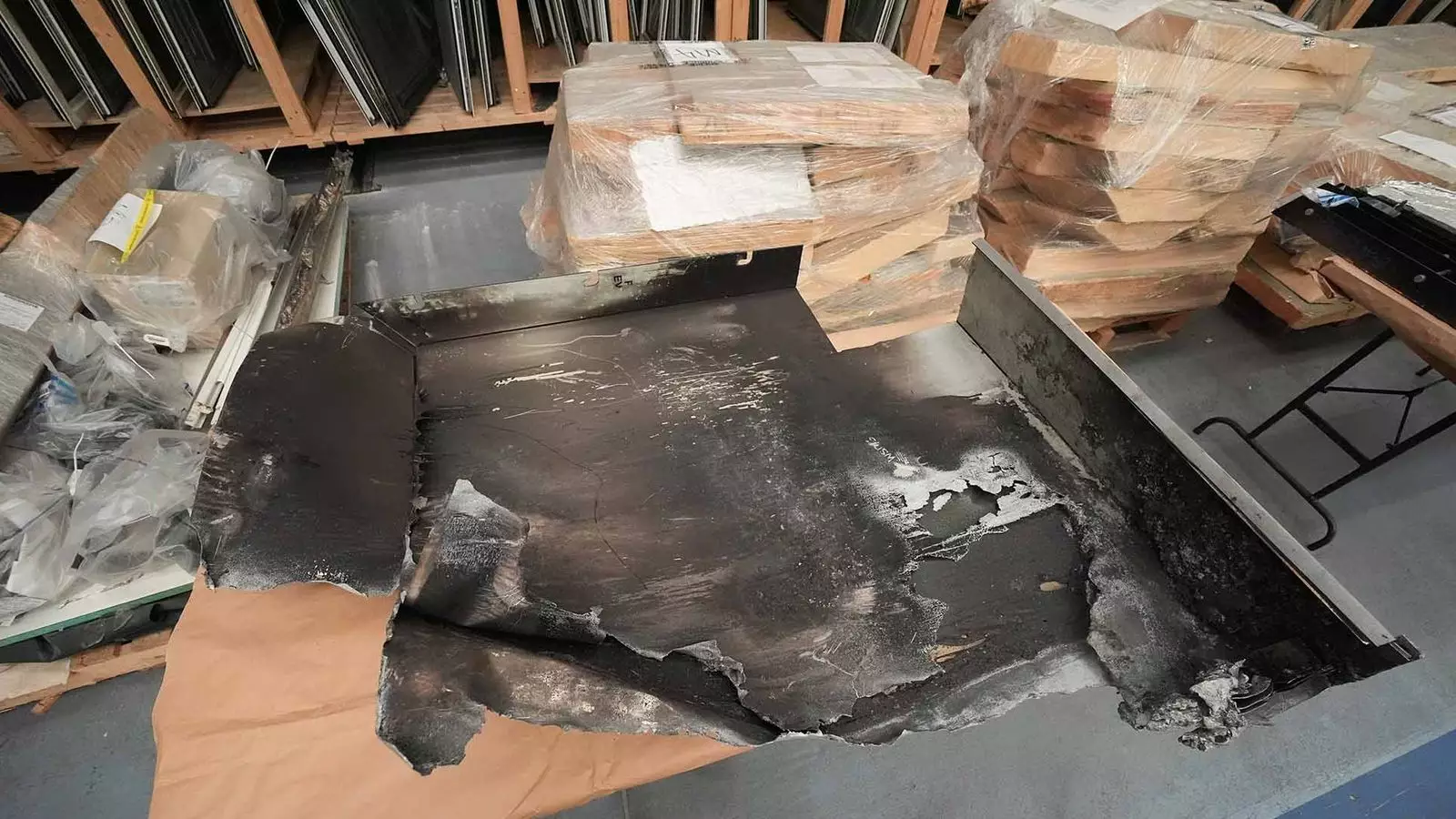In the wake of tragic events like the Grenfell Tower fire, the issue of dangerous cladding on residential buildings has surged into the spotlight. The National Audit Office (NAO) has raised alarm bells regarding an estimated 9,000 to 12,000 buildings requiring urgent cladding remediation, suggesting a staggering financial burden of around £16 billion. This situation serves as a grim reminder of the lingering dangers faced by residents, a predicament compounded by the report’s revelation that over 7,200 of these buildings remain unidentified. Consequently, many individuals and families are left in a state of uncertainty, grappling not only with the fear of potential fires but also with the mounting financial implications. Those living in such structures are left to navigate a reality overshadowed by anxiety and escalating costs.
The repercussions of inadequate action extend far beyond immediate safety concerns; they significantly impact the emotional and financial well-being of residents. According to the NAO, the ramifications of dangerous cladding reach into the lives of many who are already affected. Although the Building Safety Act 2022 has relieved most leaseholders from directly footing the bill for safety remediation, these individuals have still faced rising service charges. Increased insurance premiums have played a pivotal role in this unfortunate development, further straining household budgets. The interconnected nature of these challenges has hindered residents’ ability to secure mortgages, a crisis that affects their mobility and housing stability. Another significant concern has been the costs associated with “waking watches,” where residents must pay an average of £104 monthly for surveillance services to ensure their safety while remediation is pending.
Despite promises made to residents following the Grenfell tragedy, the pace of cladding remediation has been disappointingly slow. Out of the 4,821 buildings already identified as needing repairs, only about half have initiated or completed necessary work. This stagnation has sparked frustration among campaigners who have repeatedly voiced their concerns over the lethargic progress towards safety. The recent NAO report unequivocally states that the pace of remediation remains worrisome and has not met the expectations laid out by the Ministry of Housing, Communities & Local Government (MHCLG). With remediation not projected to be fully completed until 2035, the burden of proof has shifted onto the government agencies responsible for ensuring that these life-threatening conditions do not continue to persist.
The government has set a £5.1 billion cap to control taxpayer costs in cladding remediation, a measure that necessitates the active participation of building developers. Gareth Davies, head of the NAO, emphasized the necessity of placing the financial responsibility back on developers, proposing that this accountability will help shield taxpayer interests. Nonetheless, the timeline for collecting these costs likely stretches until next autumn, potentially exacerbating the lagging remediation efforts. This complex interplay of financial responsibility and property safety creates fertile ground for disputes between stakeholders, which could further delay urgently needed work.
The crisis surrounding dangerous cladding is a multifaceted issue that calls for urgent government action. An effective strategy must prioritize both the safety of residents and the management of fiscal responsibilities, ensuring that no one is left to endure the financial and emotional toll of unsafe living conditions.


Leave a Reply